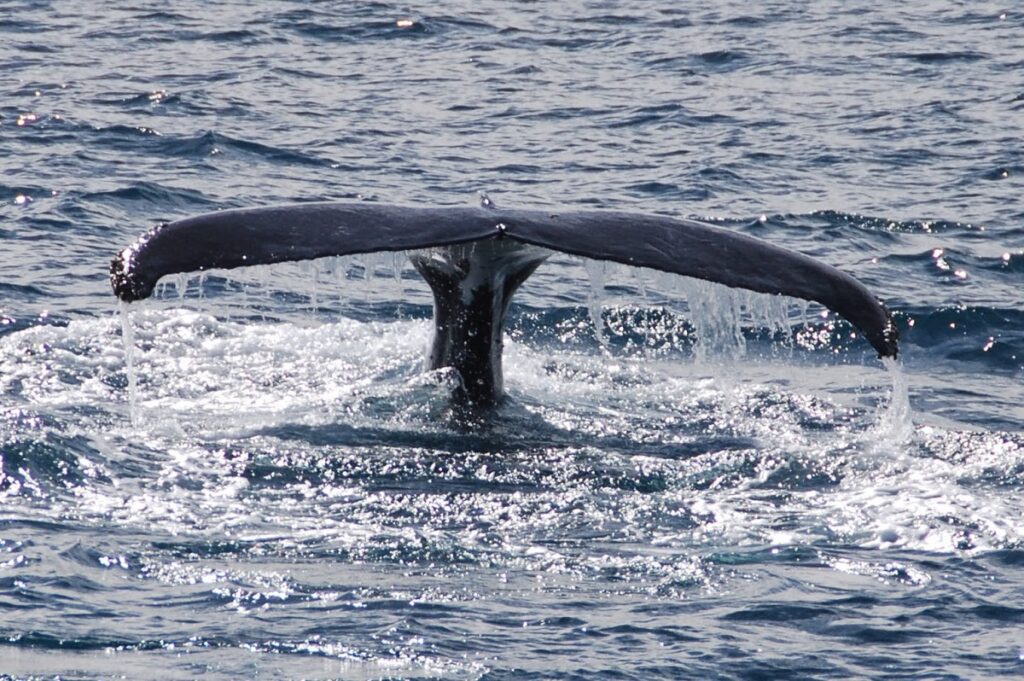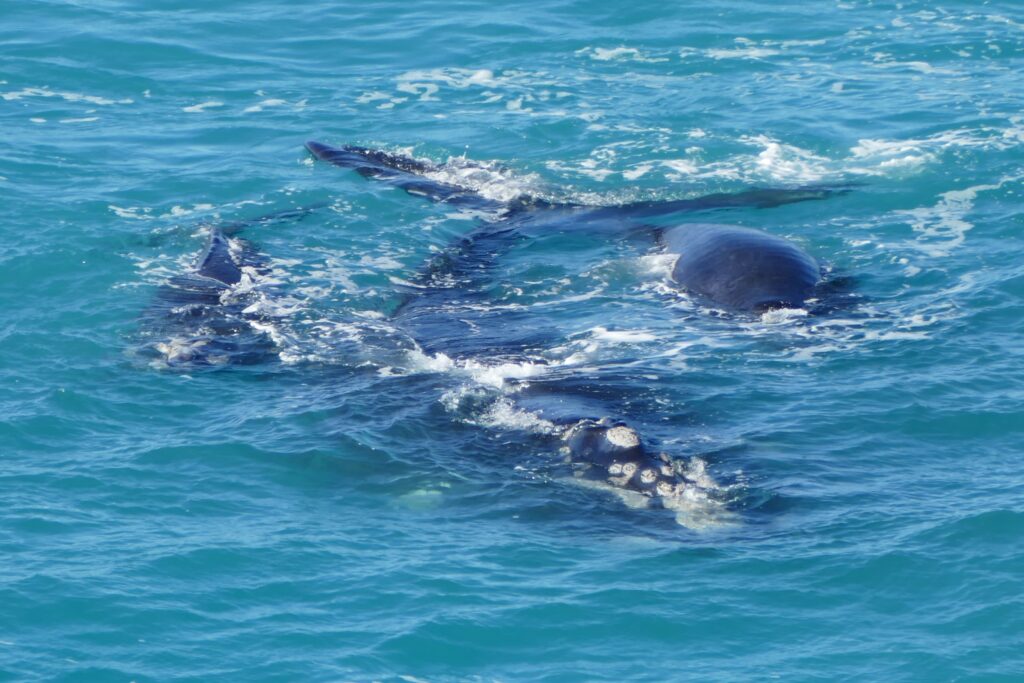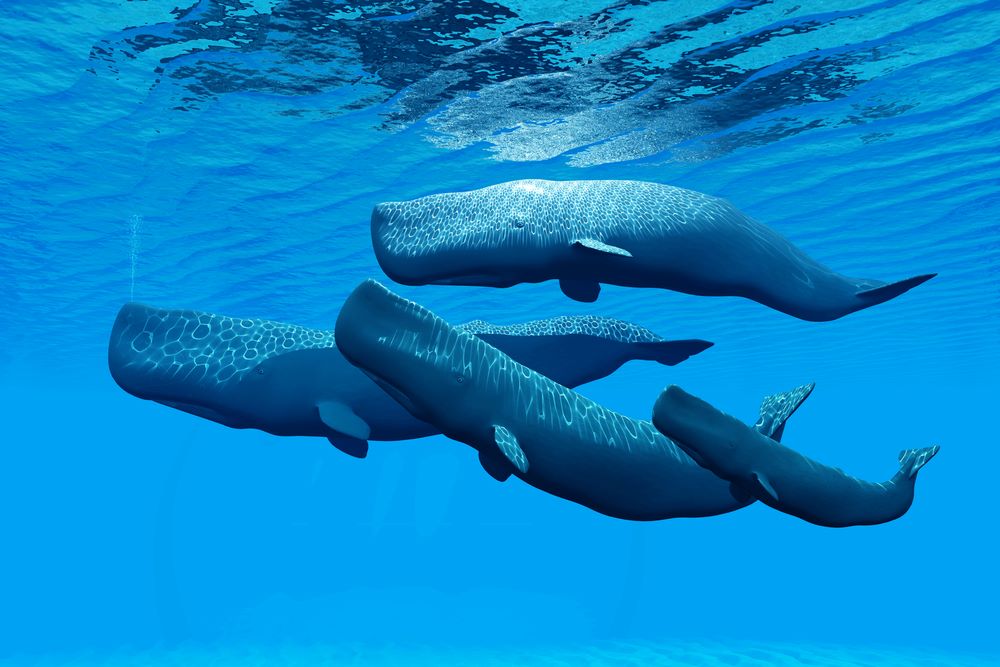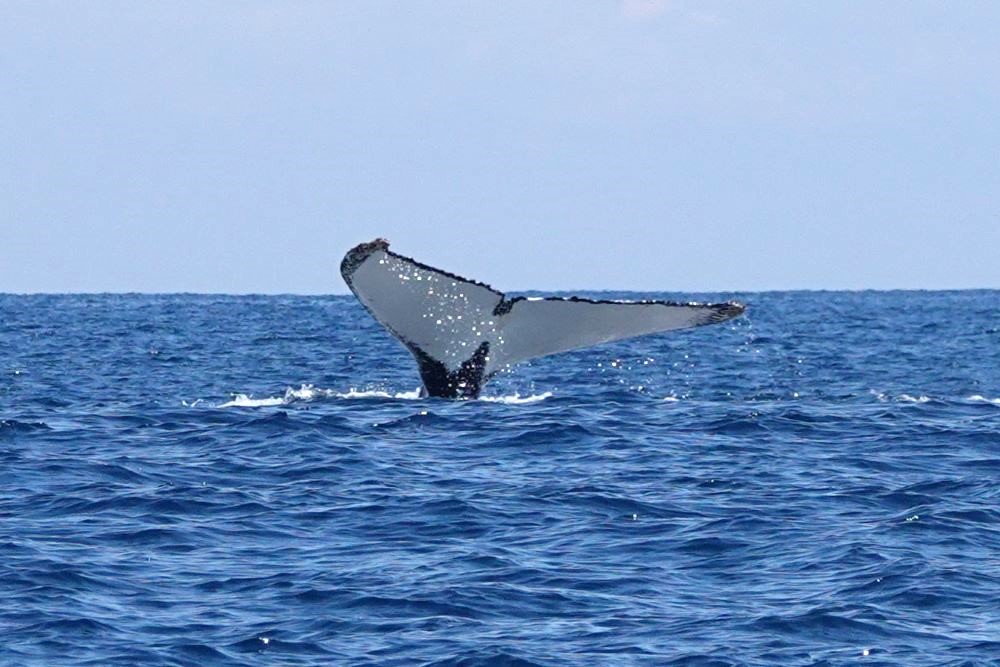Embark on a whale-sized adventure with this collection of captivating facts. From their astonishing size to intricate communication, explore the fascinating world of whales.
Disclosure: Please Note That Some Links In This Post May Be Affiliate Links, And At No Additional Cost To You, We Earn A Small Commission If You Make A Purchase. Commissions Go Toward Maintaining The Snorkel Spots Website.

Are Whales Fish?
Whales are mammals, not fish. The difference is that mammals have lungs and get their oxygen from the air. Fish extract oxygen from water using gills.
The closest Whale relative lives on land
The closest living relative to the whale is not an ocean based creature but is in fact the Hippo!
How Long do Whales Live?
Whales can have long lifespans. Some bowhead whales are believed to live over 200 years, making them one of the longest-lived mammals on the planet.
Diverse Species
There are over 90 species of whales, categorized into two main groups: toothed whales and baleen whales. Each group has various species with unique characteristics.
Toothed whales include sperm whales, beaked whales and killer whales as well as dolphin and porpoise species.
Baleen Whale Species
There are 14 baleen whale species including the humpback whale, southern right whale and blue whale. They are filter feeders. Another difference between baleen and toothed whales is that baleen whales have 2 blowholes, toothed whales have just one.
What is a Baleen?
The baleen is the giant sieve that these whales use to scoop up krill and small fish. The baleen is made of keratin – the same stuff as human fingernails.

Toothed Whales & Echolocation
Toothed whales, like orcas and sperm whales, use echolocation to navigate and locate prey. They emit sound waves and listen for the echoes to determine the location and characteristics of objects in their environment.
Tusked Whale
One of the most distinct whales is the Narwhal. It is a toothed whale with one of those teeth being a tusk that can be up to 3m long extending from its face. The tusk is most often on males. Some Narwhals can even have two tusks, others have none at all.
Largest Animals on Earth
Whales are the largest animals on Earth, with the blue whale holding the title for being the biggest. Adult blue whales can reach lengths of up to 100 feet (30 meters) and weigh as much as 200 tons.
What is the Smallest Whale?
The smallest whale is the dwarf sperm whale. It lives in temperate and tropical water all around the world and grow to just over 2m in length.
How much does a Whale Eat?
Some baleen whales, such as the blue whale, can consume massive amounts of food in a single day. Blue whales, for example, may eat up to 3,500 kilograms of krill daily during the feeding season.

How Deep can a Whale DIve?
Sperm whales are known as some of the deepest divers among whales. They can plunge to depths of over 10,000 feet (3,000 meters) in search of squid, their primary prey.
Whales can generally hold their breath for up to 60 minutes but deep diving whales like sperm whales can stay underwater for up to 90 minutes.
How Fast are Whales?
Generally, toothed whales are faster swimmers than baleen whales. Pilot whales are one of the fastest toothed species with a top speed of an amazing 70kph. Baleens are no slouches either. Believe it or not, blue whales are one of the quickest. They can go up to up to 40kph and fin whales can go close to 45kph.
Long Migrations
Some whale species undertake long migrations between their feeding and breeding grounds. For example, gray whales can travel over 16,000 kilometres between their summer feeding grounds in the Arctic and their winter breeding grounds in the tropics.

Whale Babies
Whales give birth to live young called a calf. They have a gestation period of between 10 and 16 months depending on the species. Minke whales are at the short end of the range while sperm whales and orcas at the long end.
Motherly Love
Whales are known for their strong maternal instincts. Mother whales are attentive to their calves, providing them with care, protection, and guidance during the early stages of life.
Whales can Sing
Male humpback whales are known for their intricate and melodic songs. These songs can last for hours and are thought to be a form of communication, possibly related to mating.
Complex Social Structures
Whales, especially those in the toothed whale category like orcas, exhibit complex social structures and often travel in tightly knit family groups called pods.
Are Whales Dangerous?
Despite their size, whales are generally not a danger to humans. In fact, whales have an inquisitive and social nature and will often approach humans out of curiosity. Gray, humpback, minke, sperm and southern right whales are known to approach humans for look.
Breaching Behaviour
Some whale species, including humpback whales, engage in breaching behaviour, where they leap out of the water and splash down. The reasons for this behaviour are not entirely understood, but it could be a form of communication, play, or even a way to dislodge parasites.

Playful Behaviour
Whales are known for their playful behaviour, which includes activities like breaching, tail-slapping, and playing with objects in the water. This behaviour is often observed in young whales and can be a form of social interaction.
Blowholes for Breathing
Whales have blowholes on the tops of their heads, allowing them to breathe without fully surfacing. The shape and size of the blow can help identify different species.
Baleen whales have two holes. This is to help these enormous animals get enough air when they come up for a breath.
Protected Status
Many whale species have faced threats from whaling in the past, leading to significant declines in populations. International efforts have been made to protect whales, and now whale watching, and eco-tourism is going along way to promoting conservation efforts.
- Fun Facts about Sharks - February 15, 2024
- Where can you Safely Swim with Sharks in Australia? - February 15, 2024
- How to Snorkel – 15 Tips for Beginners - February 15, 2024

